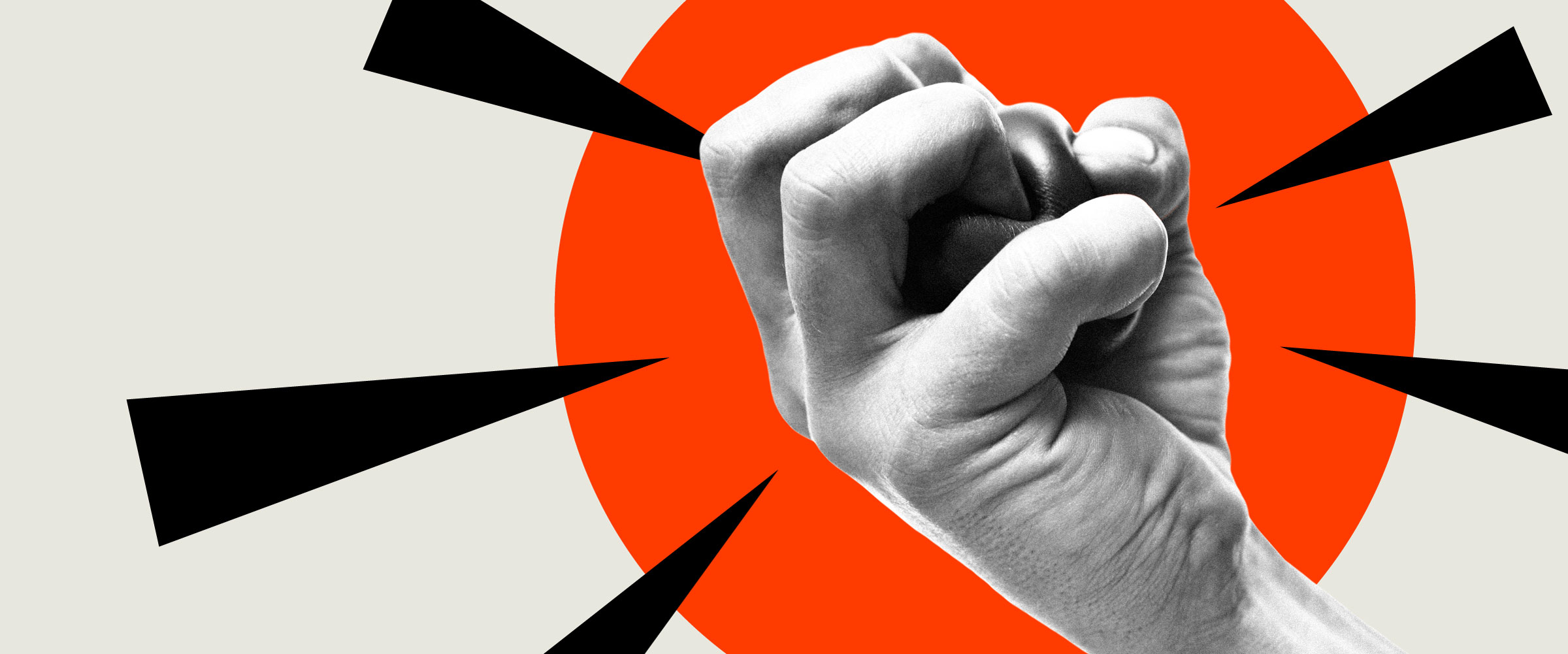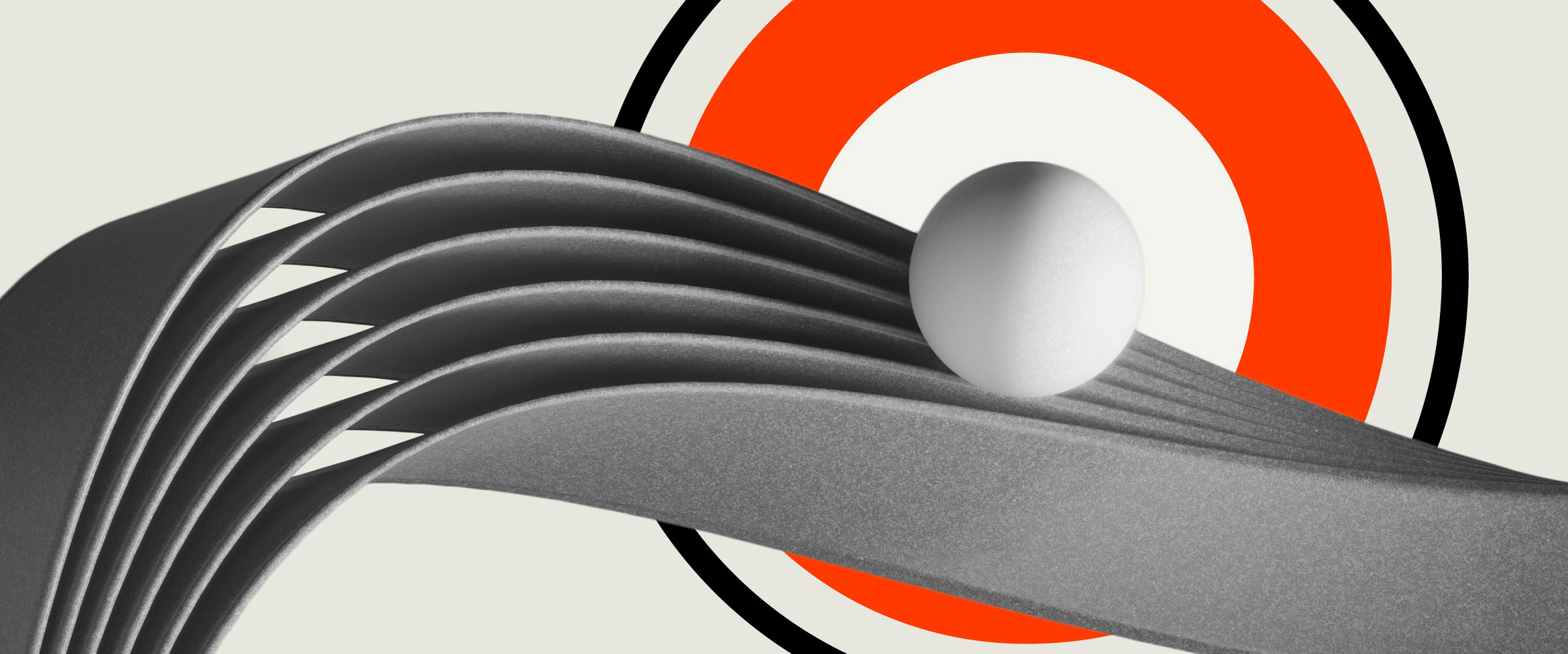
I launched my first agency amid the fallout from the dotcom crash, and we needed to communicate why clients should choose an upstart like us over an established agency. We researched and ranked client pain points, analyzed what we could do better than competitors, and de-positioned our more-established competitors by making them look antiquated.
Leaders needed to spend more strategically in a competitive landscape shaped by dotcom-era market corrections. But they also required an expansive brand vision to help them adapt to whatever came next in the burgeoning digital marketing environment.
Aligning with the times, we positioned our boutique agency as ‘young and vicious,’ which de-positioned big agencies on their reputation for excess and rigidity. Reframing our boutique startup status as competitive, agile, and ambitious resonated with our clients’ entrepreneurial objectives and made bigger agencies look even more grandiose and out-of-touch by comparison.
By empathizing with their pain points, we created a brand clients believed was worth a try.
We solved many client pain points spanning efficiency, quality, creativity, client experience, and pricing, but a brand must stand for a singular idea in customers’ minds. My first agency didn’t have much to choose from – we needed to overcome the perceived risks of working with an unknown boutique agency.
Our only feasible option was positioning our weakness as a strength to highlight the risks of not hiring us. De-positioning establishment agencies on old-school bloat and complacency, we instilled doubt about which was more dangerous: embracing change or sticking with the status quo. Nikon and the Coca-Cola Company were among the brands that took a chance on a young, spirited agency that de-positioned more powerful agencies.
High-impact brands extrapolate a foundational positioning idea from a ‘hero pain point’, which is the gap you fill between your customers’ gratification and your competitors’ capabilities. De-positioning isn’t negative campaigning. If anything, it makes brands more strategic and elevates the customer experience across the category. Apple, the undisputed master of de-positioning, demonstrates this ‘rising tide’ effect because every move Apple makes recasts the whole category in the company’s own image.
Starting with the Macintosh, Steve Jobs originated Apple’s go-to strategy of being second-to-market and elevating the customer experience. Apple didn’t have to invent personal computers – it made them usable. Unsurprisingly, the term ‘user experience’ was first coined at Apple in 1993 by cognitive psychologist/designer Don Norman.
Unveiling it in a shareholder meeting, Jobs pulled the Macintosh out of a bag and turned it on. The machine quipped, “It’s good to get out of that bag” and “NEVER TRUST A COMPUTER YOU CAN’T LIFT!” Humanizing technology and disarming us with brand experiences continues to work for Apple four decades later.
When customers know what you stand for and believe it, stratospheric growth is possible.
That said, de-positioning strategy is often the only recourse available to a challenger brand outclassed on size, strength, or resources. The mission-driven Dutch brand Tony’s Chocolonely promises ‘100% exploitation free’ products and promotes its mission of ‘making ethical chocolate the norm.’ Their brand shines a light on slavery in cocoa production, which de-positions corporations like Mondelez and Nestle that look the other way in search of profit.
Another emerging brand punching above its weight is Ithaca Hummus, funded by Chobani Food Incubator. The company’s founder described its disruptive difference as “mind-blowing flavor,” which is moving the needle in a billion-dollar industry that epitomizes culinary mediocrity. Ithaca Hummus de-positioned ‘big hummus’ by tasting better and became the fastest-growing premium hummus brand in the country.
Another de-positioning success story is the polarizing footwear, Crocs. After pivoting from boat shoes to workwear, Crocs gained traction as an athleisure brand. Eventually, jokes and memes proliferated, and the company found itself on the brink of bankruptcy. Featured in a TIME magazine list of “50 Worst Inventions,” Crocs needed a comeback.
Crocs understood that Gen Z doesn’t want to be part of a brand tribe, and their outlook influences everyone around them. They knew that personalization and authenticity were highly sought-after by this influential segment. They leveraged the fact that Gen Z views brand consumption as a mode of creative self-expression instead of buying brands to fit in.
Competing with mass-market brands like Nike, Adidas, and New Balance was a heavy lift. Still, Crocs muscled its way into this ultra competitive segment by playing athletic brands’ tribal connotations against them. Gen Z is about manifesting individual identity, so Crocs stole a slice of share from big sneaker brands by letting its freak flag fly.
Borrowing its product strategy from within sneaker culture, Crocs ran with the idea of design collaboration and broke through big time when pandemic-chic broke free from conventional notions of good taste.
With its Jibbitz shoe charms and far-out design collaborations, Crocs re-positioned itself as a canvas for creators, which de-positioned athletic shoes by reducing their fandom to mere followers. The number-one seller and advertiser in the category, Nike collaborates with athletes and tells you, ‘Just do it.’ Challenger Crocs collaborates with artists and lets you just be you. In this light, it makes sense when you see Nicki Minaj’s iconic pandemic portrait, posing in pink Crocs with iced-out Jibbitz.
Under quarantine conditions, creativity was unconstrained, ease was trending, and Crocs’ bulbous form and garish colors read particularly well on-screen. Fashion-forward celebrities leaned into the clogs’ cartoonish appeal in droves, flexing the fact that A-listers don’t have to play by the rules or try hard to be cool. Crocs’ audacious nonconformity and call to creative self-expression spelled success.
Croc’s gaudy moment in the sun had finally come.
Crocs solves an authentic hero pain point – shoppers feeling constrained – by breaking down expectations and barriers for entry. You don’t need to drop loads of money or wake up early to crush a workout. No matter why or how you wear them, you can kick it in Crocs free of judgment.
Instead of asking customers to conform to a cult of brand personality, Crocs transcended the category by letting its customers reimagine Crocs. Against the Spartan sporty ethos of Nike et al., Crocs displays an almost-human sense of plasticity, molding to our dreams and desires and continually being transformed by the journey.
Customers feel accepted and understood, not defined by the brand relationship.
In contrast, decades of straight-faced, gritty indoctrination have made athletic shoe brands feel as narrow and confining as the shoeboxes they’re packaged in. The bombastic presence of Crocs’ playful monstrosities provides a light-hearted, liberating, and impeccably-timed distraction from the permacrisis news cycle. Further, Crocs’ styles are gender-neutral, an inclusive gesture that invites customers to love Crocs their way.
So, how effective is Crocs’ de-positioning strategy? While premium contender Allbirds created a niche and achieved a billion-dollar valuation, Crocs generated more than three times that in 2022 alone, once again defying most expectations for the injection-molded foam footwear.
Of course, competitive advantages are rarely based on one deciding factor, and nothing that survives stays still. Markets are complex, goalposts move constantly, and customers and competitors continually evolve. Defining a hero pain point that you can solve for your customers isn’t a ‘one-and-done’ task; it’s an ongoing discipline that’s well worth the effort.
These de-positioning examples span business-to-business, consumer packaged goods, tech, and footwear segments, illustrating the strategy’s effectiveness across industries. Every business that competes benefits from analyzing the competitive landscape, zeroing in on a hero pain point, and (de-)positioning itself as the solution.



